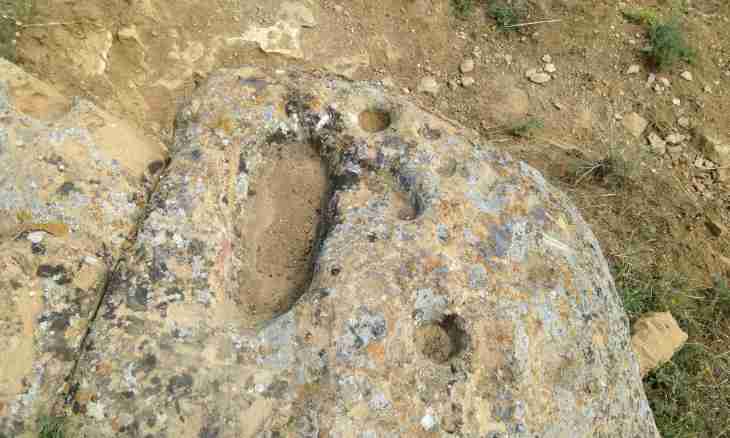Formaldehyde or methanal are gaseous, with an unpleasant smell organic compound of a class of aldehydes. Water 40% solution of formaldehyde is known as formalin. Other name - ant aldehyde as at its oxidation formic acid is formed. On formaldehyde, as well as on other organic matter, there is a high-quality reaction. Thanks to it there is an opportunity to distinguish it among other connections, for example, during the laboratory research or when losing the label from a bottle.
It is required to you
- - test tubes;
- - heating device;
- - water bath;
- - potassium hydroxide;
- - copper sulfate;
- - formaldehyde;
- - silver nitrate;
- - ammonia solution.
Instruction
1. Chemical formula of the NSON ant aldehyde. Formaldehyde costs to the first in a homological number of aldehydes and represents the substance having functional aldehydic group – the DREAM which causes chemical properties of aldehydes and also gives the chance to distinguish it among other substances of other classes. More complex reagents and also the special equipment are necessary for more exact analysis, for example, for definition of formaldehyde among other aldehydes.
2. Characteristic reaction for aldehydes is reaction of a silver mirror. That to carry out it, it is necessary that ware had ideal sterility as the slightest impurity on walls of a test tube can bring results of experience to naught. Take a test tube and pour in it 2 ml of nitrate of silver which solution it is desirable to prepare before work performance. On drops add the diluted ammonia solution. At first there is a deposit which then is dissolved. To the received mix flow no more than 1 ml of formaldehyde and place a test tube on a water bath. Its walls will become covered by the thinnest layer of silver which will remind a smooth surface. It is result of interaction of ammoniac solution of oxide of silver with formaldehyde. As a result formic acid is formed and silver is restored.
3. Formaldehyde oxidation by hydroxide of copper (II). Take a test tube, pour in it 2 ml of sulfate of copper (II) then add to it potassium hydroxide. As a result of reaction the deposit of blue color will drop out. Add to it 1 ml of methanal and heat solution. At first the deposit of yellow color due to formation of hydroxide of copper (I) will drop out. Continue heating - the yellow deposit will change the coloring to red. It occurs because hydroxide of copper (I) decayed on oxide of copper (I) and water. Formaldehyde in this reaction was oxidized to formic acid. Loss at first of a yellow, and then red deposit also is an indicator of availability of aldehyde.

